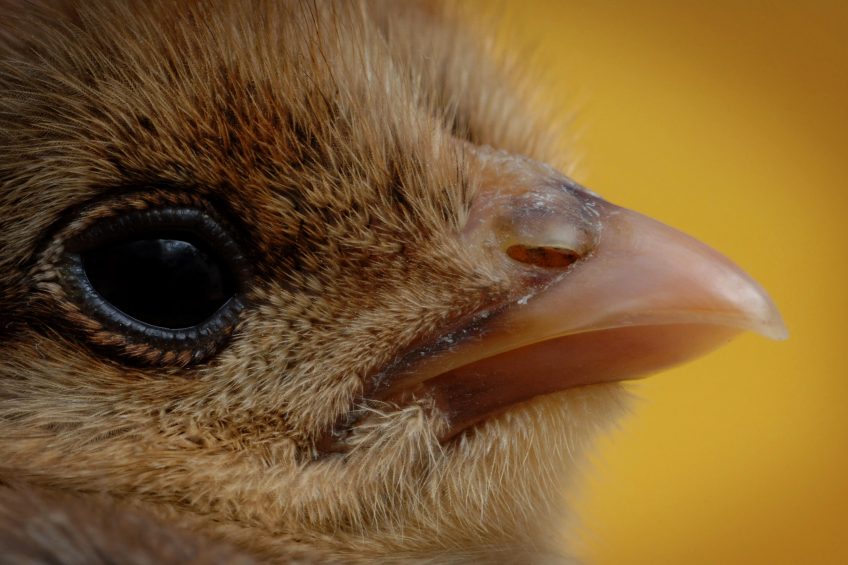Defra releases updated welfare code for laying hens and pullets

Egg producers should actively consider stopping beak trimming – in consultation with their vet – once all management strategies are in place and good feather cover is achieved throughout lay for two consecutive flocks.
That was one of the key messages in Defra’s updated Code of Practice for the Welfare of Laying Hens and Pullets that came into force 8 August, following detailed discussions across the industry.
Defra says its aim is for routine beak trimming to stop as soon as reasonably possible but to achieve this, every effort is needed by flock keepers to reduce injurious pecking in their flocks. Beak trimming is permitted on birds up to 10 days old using infra-red technology but in practice it is carried out at day-old by trained operators.
Recommended strategies and interventions
The Code says flock owners should have an action plan to tackle injurious pecking, including management strategies and interventions to reduce the risk of injurious pecking. These include owners considering choosing strains with a reduced tendency to peck. Other strategies and interventions could include:
- Managing the transition from rearing to laying house by matching conditions as far as possible to reduce stress
- Allowing pullets immediate access to good quality, friable litter
- Giving the pullets in the laying unit early access to the range
- Encouraging use of the range by providing shelters near the house and increasing the amount of vegetation and foraging opportunities as well as providing appropriate outside drinkers
- Actively managing the range by keeping the area around the popholes clean and well drained, controlling predators and rotating pasture
- Maintaining food, deep, friable litter throughout the laying period to promote dust-bathing and foraging activities
- Providing additional opportunities for foraging/dust-bathing such as straw or haw bales
- Minimising diet changes
- Increasing insoluble fibre in diet without attracting rodents
- Managing health and hygiene such as red mite infestations
- Reducing stress in the flock by developing good human-animal relationships
- Considering introducing additional perching opportunities
- Considering the provision of verandas or winter gardens as practical methods to reduce stocking densities
If an outbreak does occur it should be tackled immediately by appropriate changes in the system of management. As a last resort, only when all other intervention strategies have been attempted, emergency beak trimming can be carried out on veterinary advice by trained and competent operators, using appropriate equipment.
Best advice to owners and keepers
Commenting on the new Code, Animal Welfare Minister Lord Gardiner said: “We have some of the highest animal welfare standards in the world and are going further in a number of areas, including our plans to raise maximum sentences for animal cruelty to 5 years and making CCTV mandatory in abattoirs.
“This code was carefully consulted on with industry experts, and uses the most recent scientific and veterinary advice to ensure this clear guidance provides the best advice to owners and keepers to help ensure the high welfare standards of their animals.”
New project
The Laying Hen Welfare Forum, which was asked to take forward recommendations made by the Beak Trimming Action Group in 2016, is coordinating a new project to monitor 25 commercially sized farms to develop bespoke Feather Cover Action Plans and at the same time monitor feather cover, mortality and injuries attributable to injurious pecking, together with levels of uptake of management strategies.
The trial farms are commercially representative in size and represent all systems of production. Each will receive an annual visit during the trial period, with a measurement index being used to score the flocks on the farm to obtain performance data.
In its biennial report to Lord Gardiner, LHWF chairman Andrew Joret said a successful bid to the European Innovation Partnership Fund for grant support is helping take forward important work, including the appointment of a part-time project research officer













